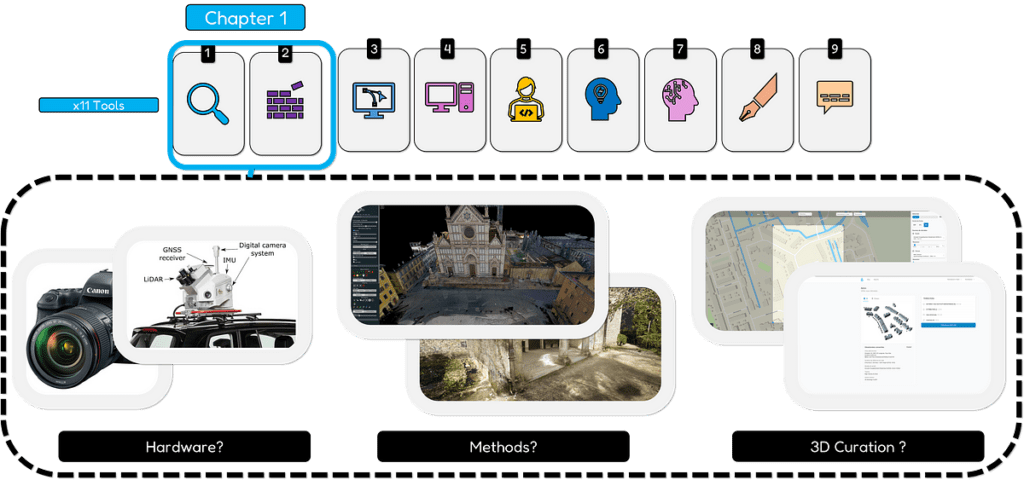The Essential 3D Toolkit: What You Need to Know
Navigating the World of 3D Tools
In the ever-evolving realm of 3D data processing, the tools we choose not only influence our work but also our thought processes. A quote that resonates with me comes from Jeff Duntemann: “A good tool improves the way you work. A great tool improves the way you think.” This sentiment rings particularly true in the context of 3D technology, a landscape filled with varied software, hardware, and artificial intelligence solutions. It can often feel like being handed an incredible toolbox for an exciting project without knowing where to begin.
For many of us—myself included—it’s easy to feel overwhelmed when faced with the multitude of options available. Which tools are truly beneficial? What workflows should you adopt? And which 3D technologies are worth your investment?
Crafting Your 3D Backpack
So, if you were to step into the world of 3D, what essentials would you pack in your “3D backpack”? Drawing upon my 15 years in 3D research and development, I’ve gathered valuable insights that can help both newcomers and seasoned pros select their tools wisely. Here’s a breakdown of some key components you should consider including:
-
LiDAR Technology: A cornerstone for precise data acquisition, LiDAR provides detailed 3D scanning capabilities that capture the intricacies of landscapes and structures.
-
Mesh Generation Software: This software translates your LiDAR data into usable 3D mesh models, opening up a wealth of creative possibilities for visualization and analysis.
-
3D City Models: Utilizing city models can aid in urban planning, environmental assessments, and smart city initiatives, providing a comprehensive understanding of geographical challenges and opportunities.
-
Photogrammetry Techniques: Turn your photographs into 3D assets with photogrammetry, a method that combines multiple images to create detailed models. This technique is especially favored in archaeological studies and cultural heritage preservation.
-
AI Methods for Reconstruction: Artificial Intelligence is at the forefront of transforming 3D workflows. It can assist in enhancing model accuracy and providing predictive analytics to better plan future projects.
- Hardware Recommendations: Invest in reliable hardware that can handle 3D processing demands. Depending on your needs, this could range from high-performance computers to specialized scanning equipment.
The Challenge of Choosing the Right Tools
The process of selecting the right tools for your 3D projects can feel daunting. Take, for example, a city planning initiative where different stakeholders are involved. Utilizing AI-driven software can streamline communication and enhance visual representations, making it easier for everyone to contribute their insights. However, understanding which tools to integrate effectively requires time and experimentation.
Wrapping It All Up
In conclusion, arming yourself with the right mix of LiDAR technology, mesh generation software, and AI capabilities will significantly enhance your 3D project outcomes. Remember, it’s about finding a balance that works for you and your specific objectives.
The AI Buzz Hub team is excited to see where these breakthroughs take us. Want to stay in the loop on all things AI? Subscribe to our newsletter or share this article with your fellow enthusiasts.




